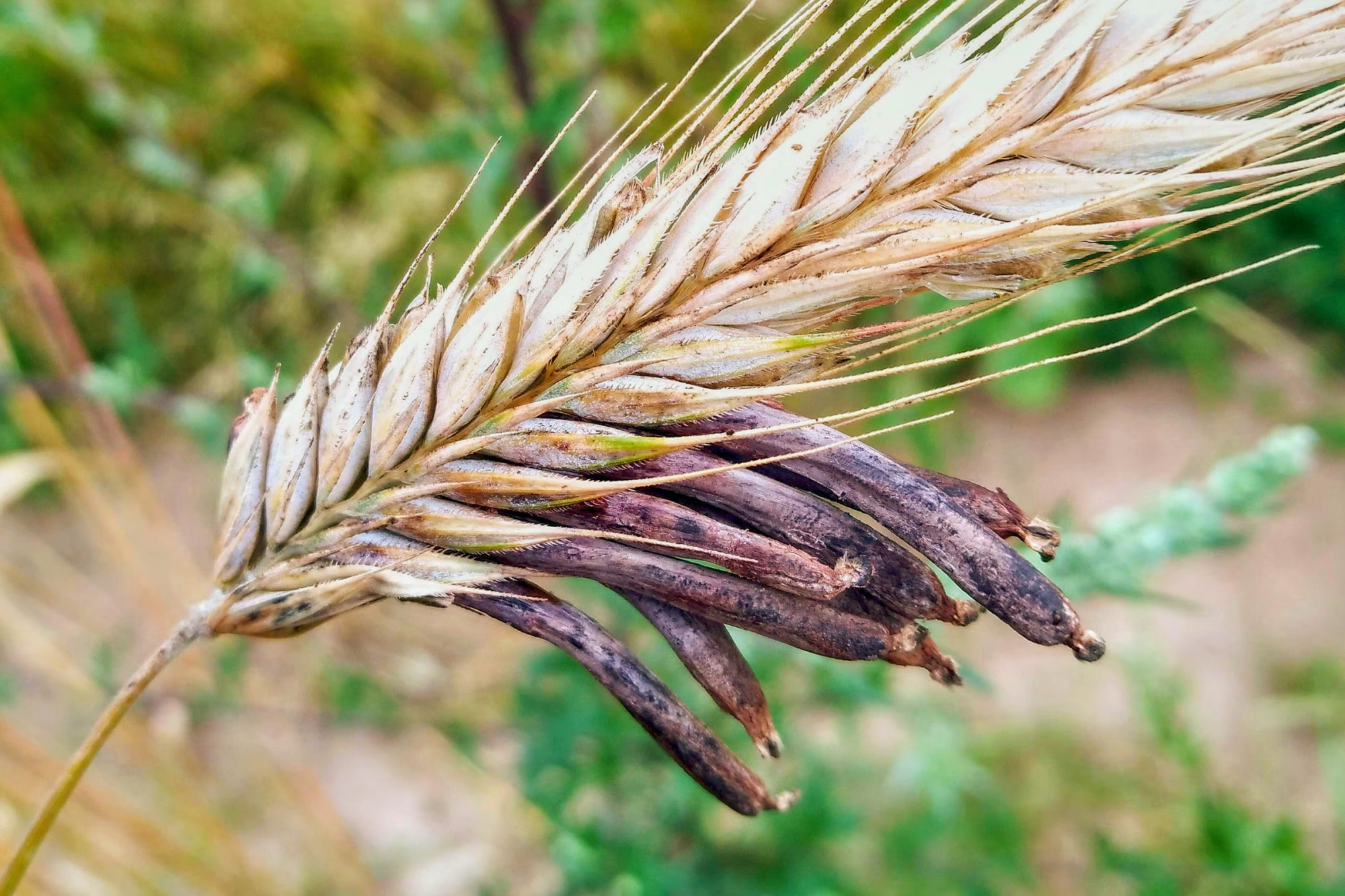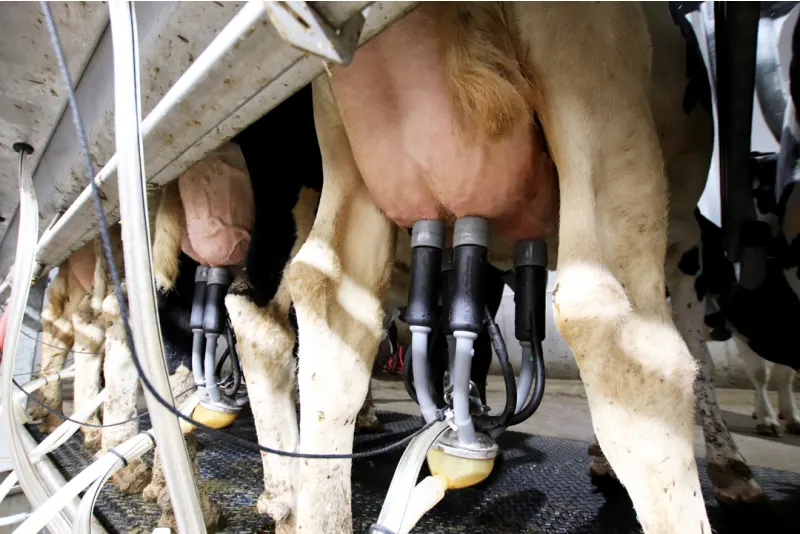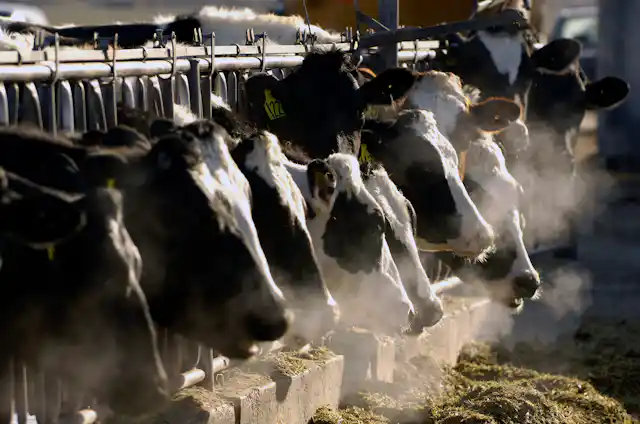Ultra-processed plant foods could be hurting your heart. Do you know the hidden dangers? Find out more from a surprising new study.
Summary: New research published in Lancet Regional Health-Europe reveals ultra-processed plant-based foods can increase the risk of heart disease and stroke. They analyzed data from 126,000 UK Biobank participants and found high consumption of these foods correlates with severe health issues. The Nova system identifies ultra-processed foods by their extensive ingredient list and artificial additives. In contrast, most dairy products are minimally processed and rank high on the Nova scale for healthiness, suggesting informed consumers might lean more towards dairy. Key findings include: for every 10% increase in calories from plant-based ultra-processed foods, the risk of developing heart disease rose by 5% and coronary heart disease by 6%. Informed choices like reading ingredient labels, choosing whole foods, and avoiding convenience snacks can help maintain a healthy diet. Dairy farmers play a crucial role in shaping the industry’s future, and emphasizing the health benefits of minimally processed dairy products can steer consumers towards healthier options.
- Ultra-processed plant-based foods can increase the risk of heart disease and stroke.
- The study analyzed data from 126,000 UK Biobank participants.
- High consumption of ultra-processed foods correlates with severe health issues.
- The Nova system identifies ultra-processed foods by their extensive ingredient list and artificial additives.
- Most dairy products are minimally processed and rank high on the Nova scale for healthiness.
- For every 10% increase in calories from plant-based ultra-processed foods, heart disease risk rises by 5% and coronary heart disease by 6%.
- Informed choices like reading ingredient labels and choosing whole foods can maintain a healthy diet.
- Dairy farmers can influence the industry’s future by emphasizing the health benefits of minimally processed dairy products.

Are plant-based diets as nutritious as they appear? A new study published in Lancet Regional Health-Europe shows unexpected findings that may revolutionize everything dairy producers thought they knew about their competitors. This study found that eating ultra-processed plant-based meals dramatically increases the risk of heart disease and stroke. So, what does this imply for dairy farmers? As a dairy farmer, you play a crucial role in shaping the future of your company and the dairy industry as a whole. Learn why these results are relevant, how they might affect consumer decisions, and what steps you can take to capitalize on this knowledge, such as emphasizing the health advantages of minimally processed dairy products. According to the Lancet Regional Health-Europe research, “For every 10% increase in calories consumed from plant-based ultra-processed foods, the risk of developing heart disease rose 5%, while the risk of developing coronary heart disease climbed 6%.” Stay with us as we unpack this critical information that might determine the future of your dairy farming company.
Plant-Based Pitfalls: New Study Shatters Health Myths
For many years, nutritionists and health professionals felt that plant-based meals were intrinsically healthier. The idea is simple: plants are high in essential nutrients, fiber, and antioxidants, which help avoid chronic illnesses. However, discoveries challenge this long-held notion.
So, how do we define ultra-processed plant-based foods? These items have undergone substantial industrial processing and include a variety of additional additives. Plant-based snacks, alternative milk, protein bars, vegan burgers, and sausages are prime examples of this category. These products often use additives to improve flavor, texture, and shelf life. They usually include ingredients such as soy protein isolate and artificial flavors, which are only sometimes utilized in home cooking.
These ultra-processed plant-based diets pose severe health hazards. According to research published in The Lancet Regional Health-Europe, there is a clear correlation between excessive intake of certain foods and an elevated risk of severe health problems such as heart disease and stroke. This should raise a red flag for all of us, as every 10% increase in calories from these ultra-processed meals increases your risk of getting heart disease by 5% and coronary heart disease by 6%.
So, the next time you choose a plant-based alternative, remember that you can make healthy choices. Instead of grabbing a protein bar or alternative milk, concentrate on natural, minimally processed meals to boost your health.
The Nova System Breakdown: Where Do Your Foods Fall?
Look at the Nova system to see where various meals rank on this scale. The Nova system categorizes foods based on the extent and purpose of their processing:
- Unprocessed or Minimally Processed Foods: These natural foods have been modified by drying, grinding, or fermentation. Think about fresh fruits, veggies, milk, basic yogurt, and cheese. For instance, consider choosing plain yogurt over flavored ones, as they often contain added sugars. Most dairy products fall neatly into this category and are among the healthiest options.
- Processed Culinary Ingredients: This category includes compounds from entire foods, such as seed oils, cane sugar, and grain flour. These components are often used for preparing homemade meals.
- Processed Foods: Canned vegetables, freshly baked bread, and basic cheeses are processed to improve their durability and taste. They generally have two or three components.
- Ultra-Processed Foods: This category comprises meals that have been extensively changed by adding various components, such as artificial additives, preservatives, and flavors. Some examples are plant-based snacks, convenience meals, nondairy milk, and protein bars. This category includes ultra-processed plant-based foods with a much more significant health effect than lightly processed equivalents.
Understanding this mechanism explains why not all plant-based foods provide equal benefits. Remember that most dairy products, whether unprocessed or minor processed, are in the healthiest category, making them an excellent option for individuals concerned about their health.
Nutrition Wars: Why Dairy Products Outshine Their Plant-Based Counterparts
Not all foods are nutritionally equivalent. Have you ever wondered what distinguishes dairy products from healthy eating?
First, discuss milk, simple yogurt, and various cheeses. These dairy products are minimally processed and are among the healthiest on the Nova scale. Minimally processed foods retain most of their original nutrients, a massive advantage for your diet.
- Rich in Nutrients: Dairy products include critical minerals such as calcium, vitamin D, and potassium, all necessary for bone health and general well-being.
- Promotes Heart Health: According to studies, eating dairy may reduce your chance of developing heart disease. According to the American Heart Association, “low-fat dairy, in particular, has been associated with lower levels of heart disease” [American Heart Association].
- Supports Weight Management: Consuming dairy as part of a well-balanced diet may help with weight control. Dairy products’ high protein content helps keep you satiated for longer, minimizing the chance of overeating.
Please don’t take my word for it; listen to the experts. Nutritionist Jane Doe, Ph.D., notes that dairy products are a great source of essential nutrients. They provide high-quality protein and contribute to a well-balanced diet. [Nutritional Science University].
Furthermore, many delighted customers vouch for the advantages of dairy. A long-time dairy lover, Sarah says, “Ever since I started incorporating more milk and yogurt into my diet, I’ve felt more energetic, and my bone health has improved tremendously.”
Understanding dairy’s myriad health advantages should reassure you that these minimally processed treasures should be a fixture in your diet. Whether in milk, yogurt, or cheese, dairy is not just a delightful but also a healthful option you can confidently choose.
Master the Art of Smart Shopping: Your Guide to Healthier Choices
- Read Ingredient Labels: Pay close attention to ingredient listings. Ultra-processed goods contain long lists of unusual chemicals, including additives, preservatives, and artificial flavors. If you find the ingredient challenging to pronounce, it’s probably ultra-processed.
- Choose Whole Foods: Choose meals straight from nature. Excellent options include fresh fruits, vegetables, whole grains, and natural dairy items like milk, plain yogurt, and cheese.
- Avoid Convenience Snacks: Ultra-processed items include ready-to-eat plant-based meals, alternative milk, and vegan snack bars. Continue to eat fresh fruit, nuts, and seeds.
- Be Wary of Marketing Claims: Words like “plant-based” or “healthy” might be deceptive. Review the nutrition information and ingredient list to confirm health claims.
- Shop the Perimeter: While processed food items abound in grocery stores’ interior aisles, fresh vegetables, dairy, and unprocessed meats often occupy the outside aisles.
- Cook at Home: Cooking your meals lets you regulate what goes into your diet. Avoid ready-made sauces and mixes; use entire ingredients.
- Incorporate Minimally Processed Dairy: Add basic cheeses, unflavored milk, and plain yogurt to your diet. Usually less processed and more nutritious, they are also
- Limit Artificial Additives: Avoid items with artificial sweeteners, colors, and tastes. These are classic markers of ultra-processed meals.
The Bottom Line
Not all food derived from plants is made equally. The most recent studies clarify the possible hazards connected to eating ultra-processed foods, which can significantly increase the risk of stroke and heart disease. This is the perfect opportunity for a dairy farmer to emphasize the advantages of conventional dairy products, which usually fall into the healthier, least processed category on the Nova scale.
Do you know how the plant-based foods you choose could affect your health? The data points to the need to emphasize the actual nutritional worth and see beyond the marketing hoopla. Increasing dairy products in your diet may provide substantial health advantages and help to dispel many false ideas about plant-based substitutes.















